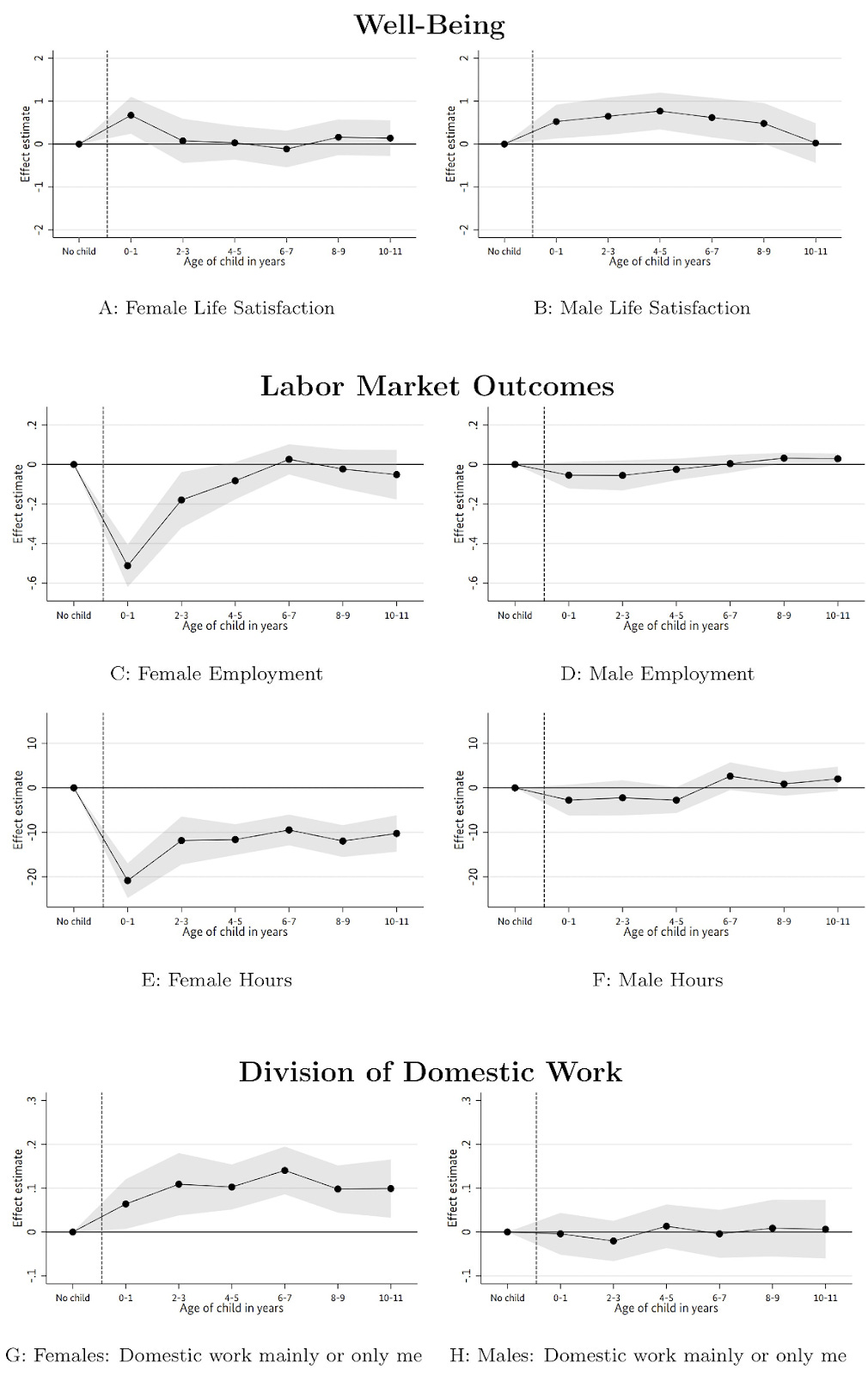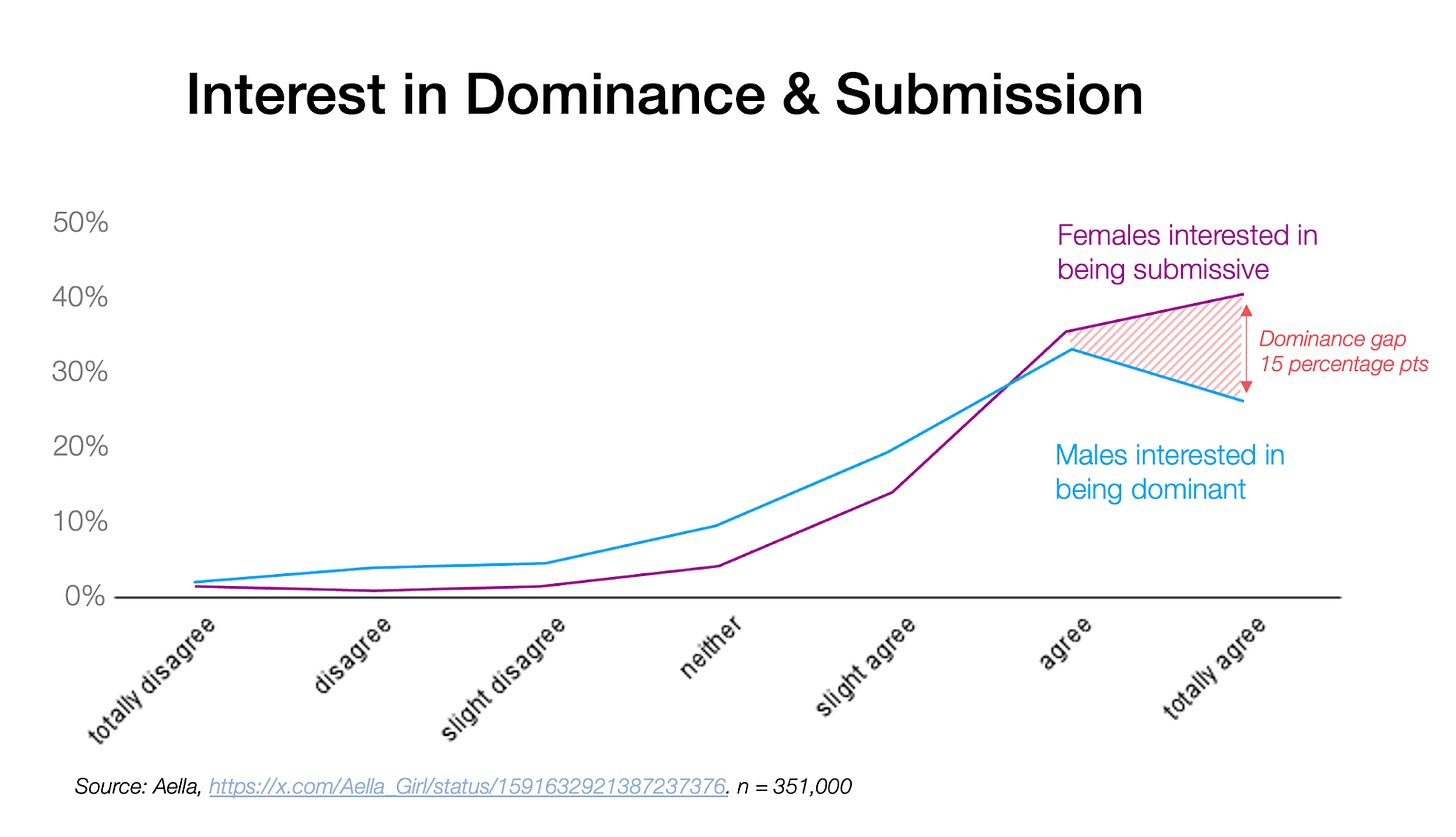Fertility, Sex, Relationships, Real Estate, and Diversity | Uncharted Territories Magazine | Summer 2025
Each quarter, we apply the UT lens to the world’s chaos to extract clarity. Today, we’re looking at:
Fertility rate: Why the drop, and further evidence on how to reverse it
Real estate, especially neighborhood companies
Game theory of relationships: Why women are more into submission than men, the surprising relationship of young women and porn, dad bod attractiveness, gender interest in looks, and needs for romance per sex.
Diversity: How it’s not good for economics, and how the woke pendulum is swinging
The next article will be premium only, and will cover energy, the environment, and politics: Solar vs Nuclear, news on vertical farms, the fall of free speech in Europe, why Europe lags the US in tech, and more.
Fertility
Japan lost one million Japanese in 2024.
They’ve been countering it with immigration, but it’s not enough.
Although I have hopes that fertility rates improve in the future, they are abysmal right now. This paper has interesting insights. From one of the coauthor’s corresponding Twitter thread:
Fertility is falling everywhere: rich and poor countries alike, booming and stagnating economies, secular and religious societies. The decline is happening far faster than anyone anticipated, even me, ten years ago!
For example, Colombia’s fertility rate is 1.06, Iran’s is 1.44, and Turkey’s is 1.48, all of which are below the U.S.
The decline accelerated around 2014, well before the COVID pandemic.
As a result, humanity’s fertility is likely already below the replacement rate.
Many assume the replacement rate is 2.1 children per woman. That’s true for rich, advanced economies. But not for emerging economies, where selective abortion and higher young female mortality push the replacement rate higher. Thus, for humanity, the replacement rate is closer to 2.2.
Most of the differences in economic growth among advanced economies over the past 35 years can be attributed to demographic factors.
The 2024 UN World Population Prospects are riddled with data and forecasts that, frankly, make little sense to my coauthor Patrick Norrick.
This last point is very telling. The UN has shaved ~300 MILLION people off of its projection of future human population… in just two years!
It’s due to intelligent forecasts like these:
I don’t know who is signing off on these, but if I did this as a consultant, I would have lost my job overnight.
A Bad Deal for Women?
In our last fertility article, I suggest that people are quite rational about having babies: If the pain of having them is lower than the benefit, they will have more children.
Recently, life has gotten more awesome, but childrearing hasn’t, so fertility rates have shrunk.
A new paper reinforces this theory; this is what having children does to women vs men:

Women’s happiness is neutral, their professional work hours go down, and their household work hours increase. Meanwhile, men’s work and chore hours stay the same, while happiness grows. This suggests women are unhappy with the deal they get with childbearing vs men, probably linked to chores.
What Caused the Baby Boom?
But in our last fertility article, I also suggested ways that fertility rates might go up through technology. I stumbled upon this article describes the existing research about the Baby Boom and it reinforces this idea. The article concludes there were three main causes to the Baby Boom:
The improvement of household tech reduced chores and freed time for women.
The improvement of medical tech reduced female death rates in pregnancy and giving birth.
The increase in housing supply reduced housing costs.
All these reduced the pain points of having children, and hence increased the return on investment of having them.
This is cause for hope, because it means that if we continue reducing the pain points of having children, people are likely to have more children. This provides massive support to our hypothesis that tech can be a huge driver of fertility. Since tech progresses faster than the fertility drop, I am optimistic.
The three drivers of Baby Boom fertility also suggest how to increase fertility rates in the future. Since we don’t want to reduce quality of life, we’re left with reducing the cost of having children, as happened back then:
As proposed, improve fertility tech in-vitro gametogenesis, foetus screening, artificial wombs, etc. That is the equivalent to the Baby Boom’s improvement of medical technology.
As proposed, improve tech to make parenting easier: robots and AI for nightcare, childcare, education… This is the equivalent of the Baby Boom’s automation of chores.
Housing! If, like in the Baby Boom, housing costs shrink, fertility will increase. As you know, I think this might be a natural consequence of a shrinking population. But ideally we wouldn’t wait decades for that to happen. So if we want to increase the population, we should make housing cheap, which means massively increasing the supply of new houses!
Real Estate & Urbanism
Don’t Buy Real Estate Update
In Why I Don’t Invest in Real Estate, I shared that the main drivers of increased demand for housing were urbanization, the increase in population, the decrease in family size, and the size of our homes. I think this picture captures this last point perfectly:
This is Manhattan in 1931, a city with very few skyscrapers, mostly 3-5 story buildings, and more population than today! That’s what our shrinking family sizes and bigger homes have done.
Urbanism companies
In The Fundamental Problem with Urbanism, I shared the idea that urbanism might be improved if big companies own full neighborhoods. One way to do this is through transit-oriented development, like in Tokyo1, one of the few modern cities in the world that is dense, populous, and livable. There, companies and the public sector buy land and build both the transit, the station, and the land around it. In this setup, companies are incentivized to make that land as valuable as possible, so they pack it with amenities.
Game Theory of Relationships
Why Are Women More Turned On by Submission than Men by Domination?
Women are much more interested in being dominated than men are interested in dominating:

This dominance gap is weird, isn’t it? I can imagine why men are aroused by it: Evolutionarily, a violent man could force his way into sex more than a non-violent man, therefore reproducing more. I can also imagine why women are aroused by it, for the same reason: They would sire sons that are more likely to have children.2
The conundrum is why would women have this fantasy more than men? After all, forcing into sex is likely to have more downsides for women (having children of fathers they don’t like, being hurt, dying) than men.







